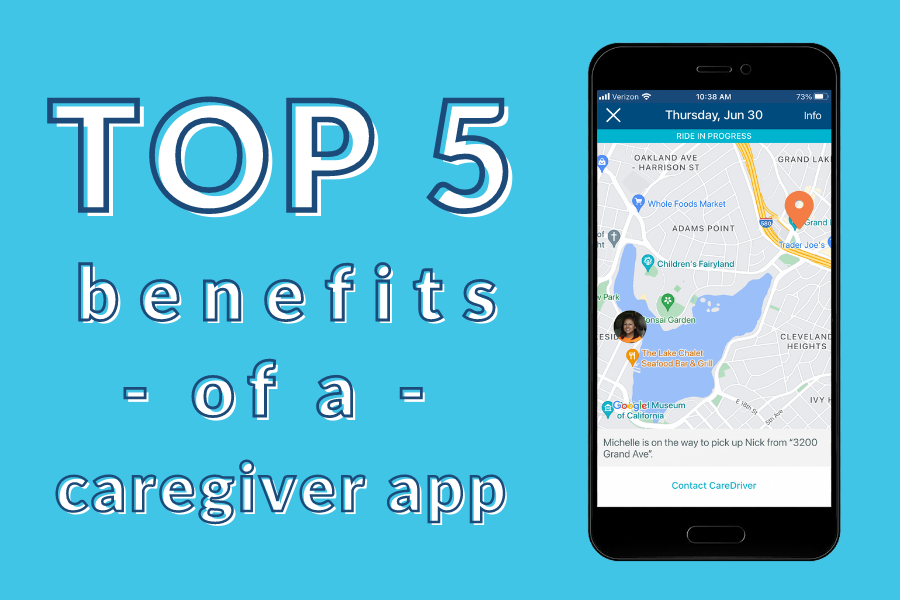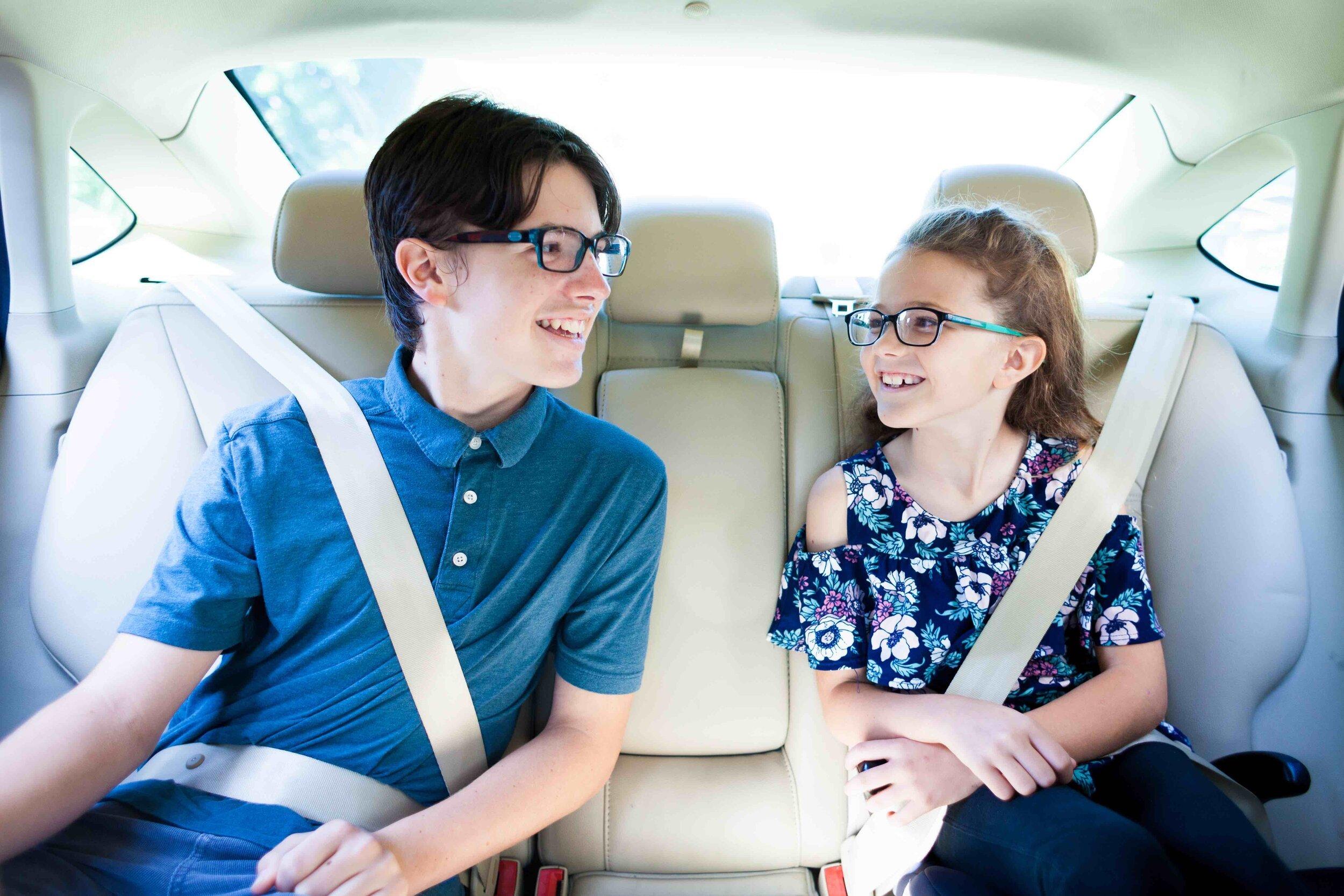Using $25M funding to help kids get back to school and the environment
Today HopSkipDrive announced that we raised $25M in Series C funding from Energy Impact Partners, Keyframe Capital, FirstMark Capital and 1776 Ventures.
I am so grateful to announce this funding as we head back to school this year, with millions of children back in the classroom for the first time in over a year. This funding will drive some pretty ambitious plans: to continue revitalizing school transportation, begin vehicle electrification initiatives, and launch 30 new markets. And these plans aren’t just ambitious; they’re necessary to getting kids back to school and reducing carbon emissions as we do so.
The last year and a half was extremely challenging for HopSkipDrive, but even more so for the children we serve. When COVID closed schools across the country, we had to make some really tough decisions to keep the business running, including considerable layoffs. Millions of kids struggled this past year at home. Many experienced significant learning loss, especially the vulnerable populations HopSkipDrive serves, including students with special needs, and students experiencing homelessness or in foster care.
As schools reopened across the country toward the end of last school year, we sprang into action helping our district partners get those kids to school and experienced explosive growth. With this funding, we’re excited to be part of getting all kids back to in-person learning, especially those who suffered most as a result of the pandemic.
The largest U.S. mass public transportation system is in trouble
The school transportation industry is huge. $25B huge. Largest mass public transportation system in the U.S. huge. And it’s struggling.
When every kid in the neighborhood goes to the same neighborhood school, a fixed-route bus model is cost-efficient and effective at getting kids to school safely and on time. But educational trends toward increased open enrollment— 44 states and D.C. allow some portion of students to attend public schools outside their district — and the individualized needs of a growing number of students are breaking the traditional school transportation model. The result is that many school buses are nearly empty, or at most half full.
In addition to underutilization, bus driver shortages have plagued the industry for years, and have now reached severe levels exacerbated by the pandemic. Bus drivers have retired in droves, and districts are struggling to fill open roles. Children and families are left without guaranteed transportation to school.
The problems that student transportation needs to solve are evolving, and that means the models to solve them need to evolve too. We need new solutions and creative thinking at this breaking point.
HopSkipDrive doesn’t aim to replace the yellow bus. We act as a complement to traditional school transportation models, providing solutions and optimization to make the entire system more efficient and cost-effective for districts. We do this without sacrificing safety and in a way that works better for the kids we are getting to school.
HopSkipDrive’s technology platform and operations help school districts customize transportation needs from the one to the many. We fill those individualized transportation needs — for students with IEPs, students experiencing homelessness or those in foster care — where using a large (but largely empty) school bus for a few riders is environmentally and economically inefficient. We also help districts with underutilized routes, filling in services where bus driver shortages have left children without transportation.
School districts across the country have validated these needs. HopSkipDrive expanded to three new markets during this time, as districts reached out to ask for our help dealing with their transportation challenges. Across all our markets, we signed nearly 150 new district contracts since COVID first closed schools down, and renewed 100% of previously signed contracts.
Reducing carbon emissions for a greener future
I’m incredibly excited about our green initiatives as well. Part of being there for our kids is being environmentally conscious, and HopSkipDrive is doing its part.
HopSkipDrive will play a vital role in the electrification of student transportation. Using HopSkipDrive’s route optimization solutions to replace inefficient bus routes, districts can reduce the overall number of buses in their fleet and reduce the investment required to replace their diesel bus fleets with electric ones.
In addition, HopSkipDrive’s CareDriver vehicle network significantly outperforms regular passenger vehicles in the progression to zero-emission. While less than 2% of vehicles in the U.S. are hybrid or EV, 19% of CareDriver vehicles are hybrid or EV. In Seattle, one of our largest markets, 40% of CareDriver vehicles are hybrid or EV!
Over the next few years, we will introduce programs and partnerships that enable even more CareDrivers to transition to EVs.
Helping get women back to work
Another terrible byproduct of the pandemic was the millions of women who were pushed out of the workforce, and are now hesitant to go back. Whether it’s long hours or needing flexibility for increased caregiving responsibilities, or not the risk of working in jobs with high exposure to COVID, women’s livelihoods suffered as a result of this pandemic.
Around 80% of HopSkipDrive CareDrivers are women. Our platform offers full flexibility over when, where and how long to work on the platform. CareDrivers report that they enjoy the opportunity to make their own schedule and earn income on their own time. They also report that the work is fulfilling, that in addition to the money, they get to make a difference in their own community.
It’s so important to create options for those wanting income opportunities, but needing the flexibility to engage in work in ways that work for them.
Women now make up 60% of the HopSkipDrive Board of Directors.
I’m also proud to share that we’re diversifying our board. While women hold only 11% of Board of Director seats in the U.S., women now make up 60% of the HopSkipDrive board.
We’re adding Cassie Bowe of Energy Impact Partners and regulatory, legal and policy executive Loni Mahanta to the board. Loni currently serves as the VP, Government Relations and Public Policy at Zillow after spending six years at Lyft, most recently serving as the VP of Policy Development and Research.
For me, back to school represents new opportunities, new beginnings and new periods of growth. We are so excited to get back to school and to use this funding to further our mission, creating opportunity for all through mobility, one ride at a time.


